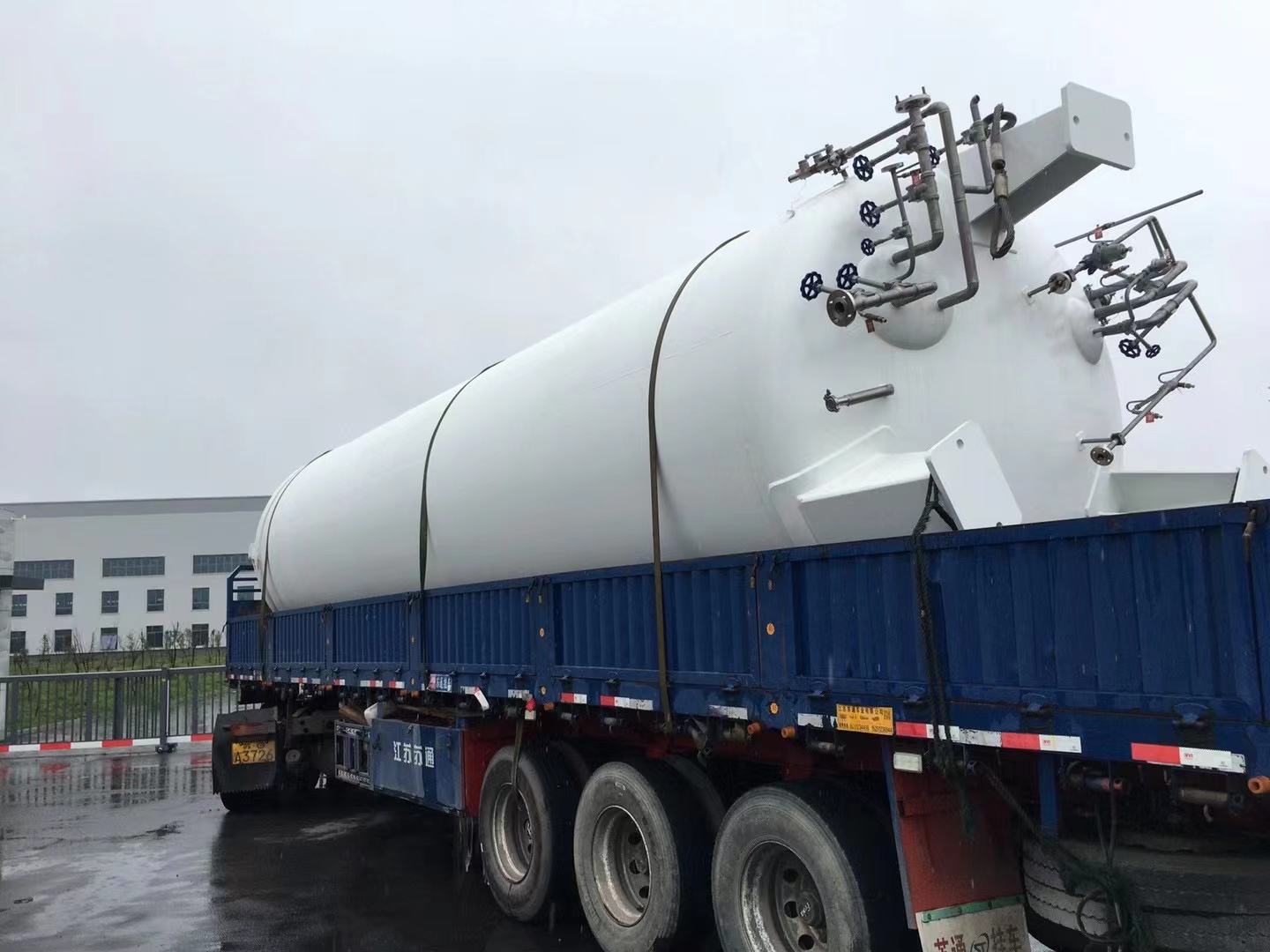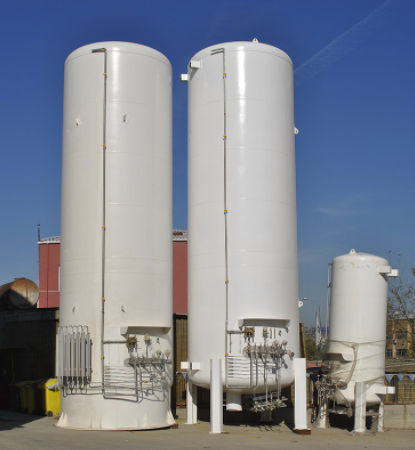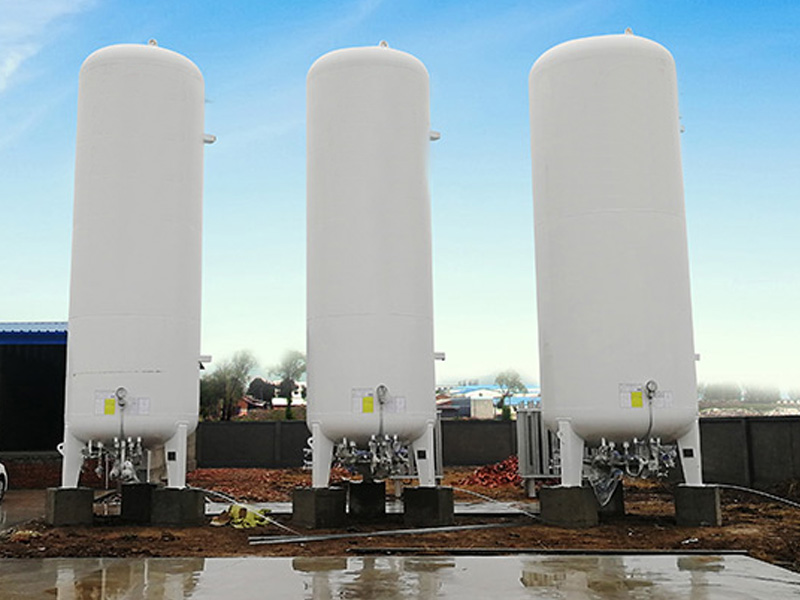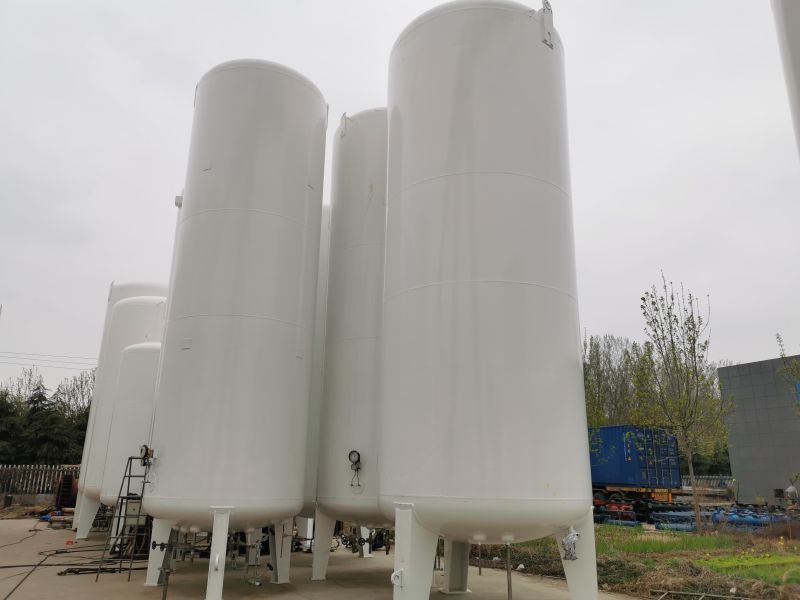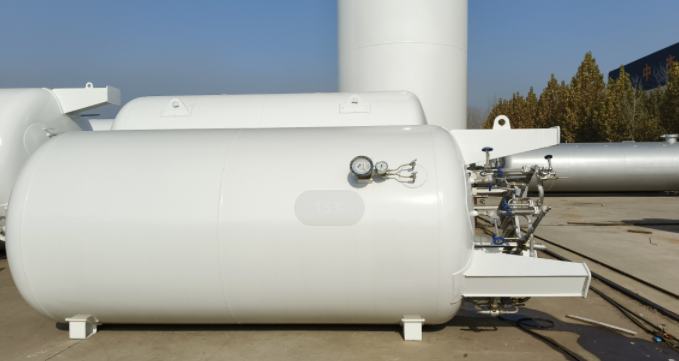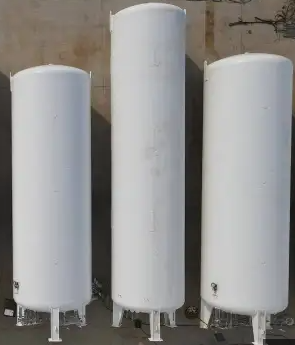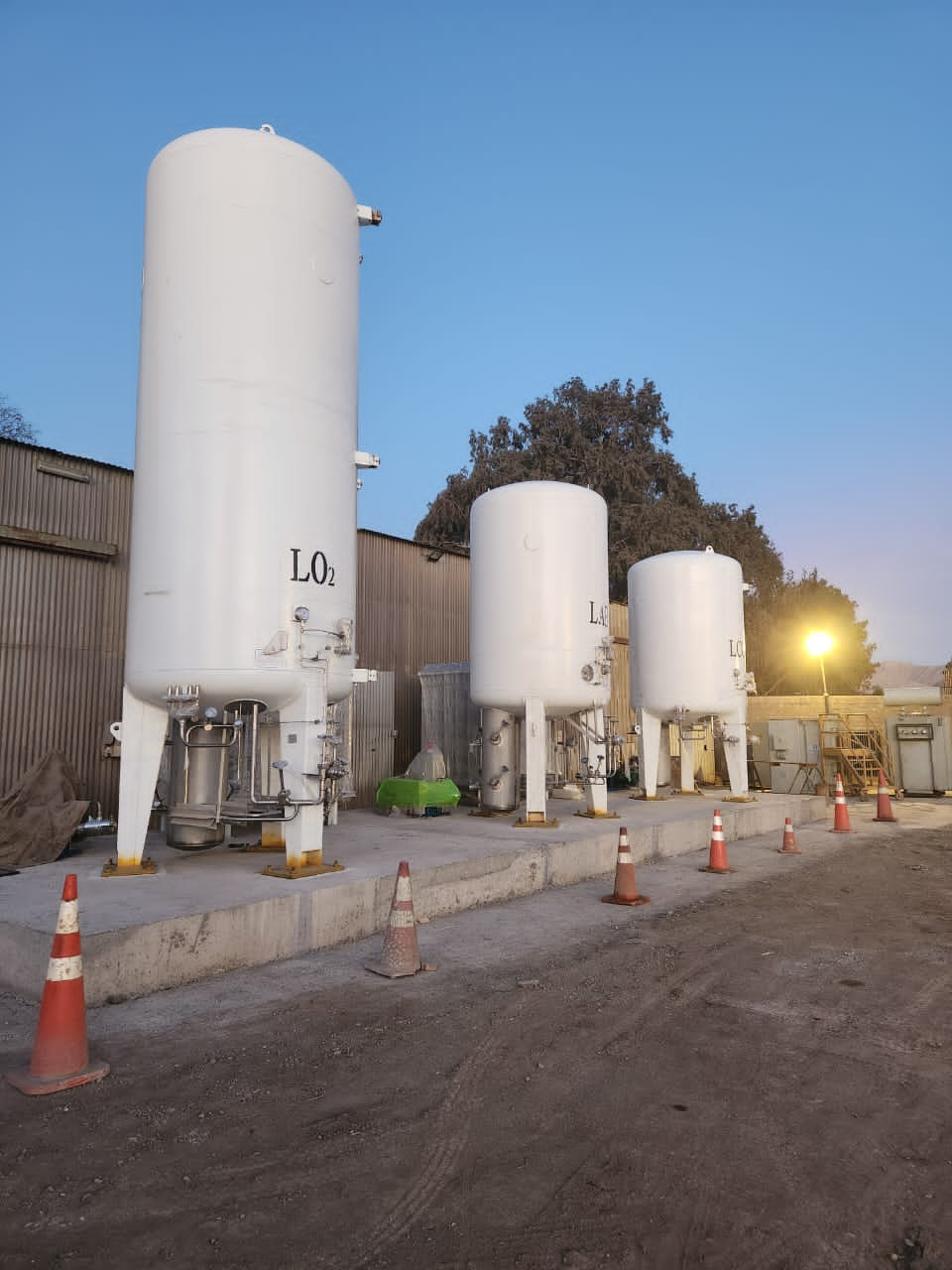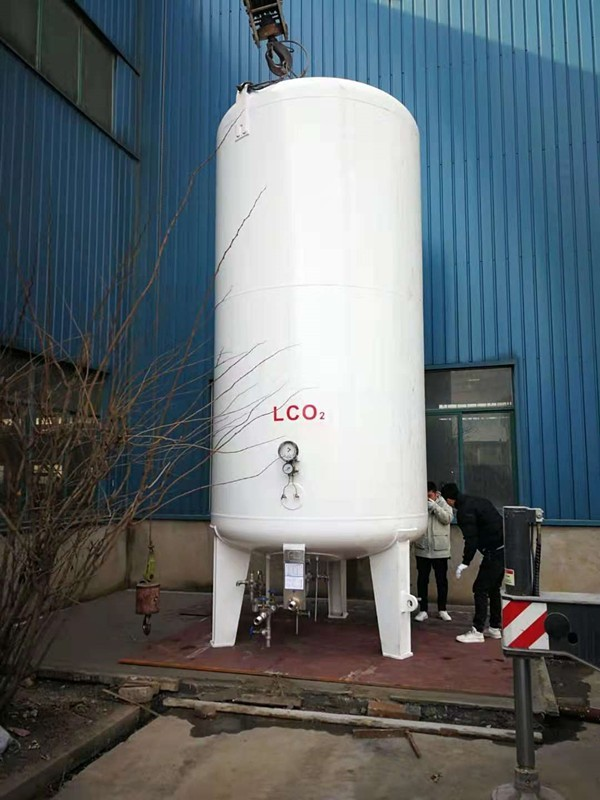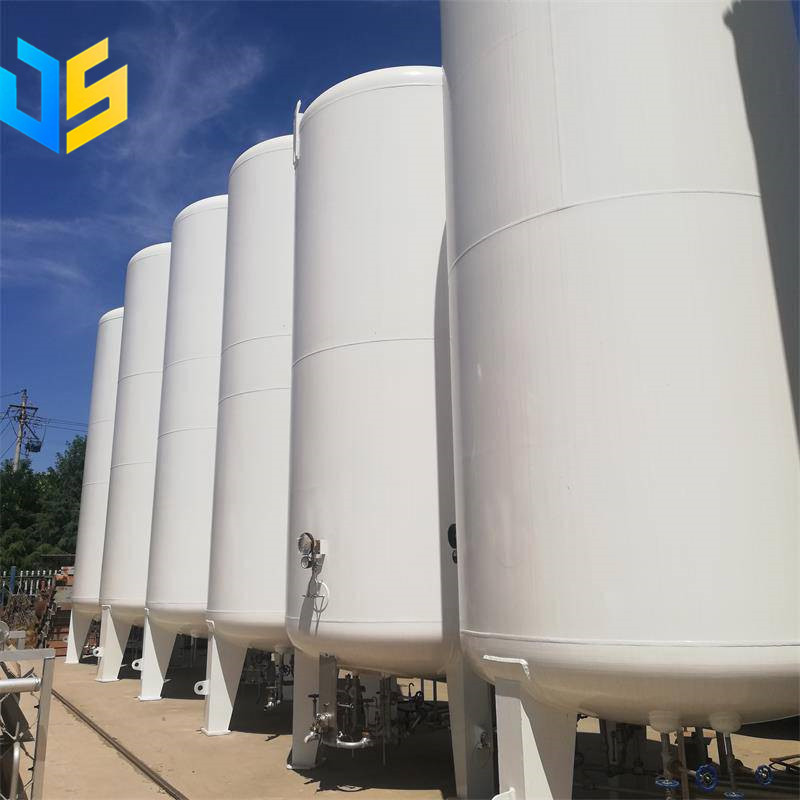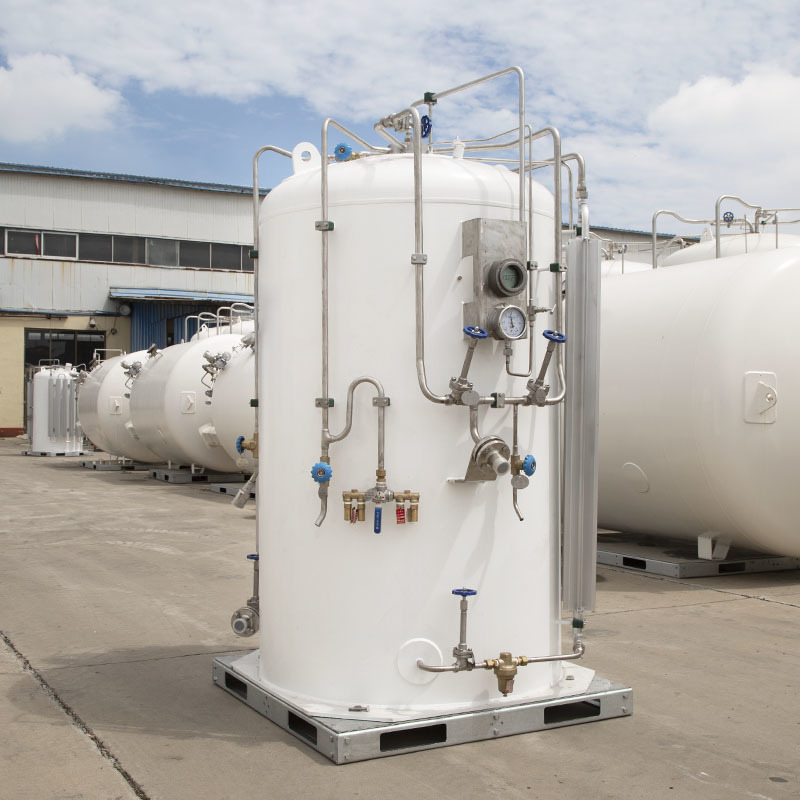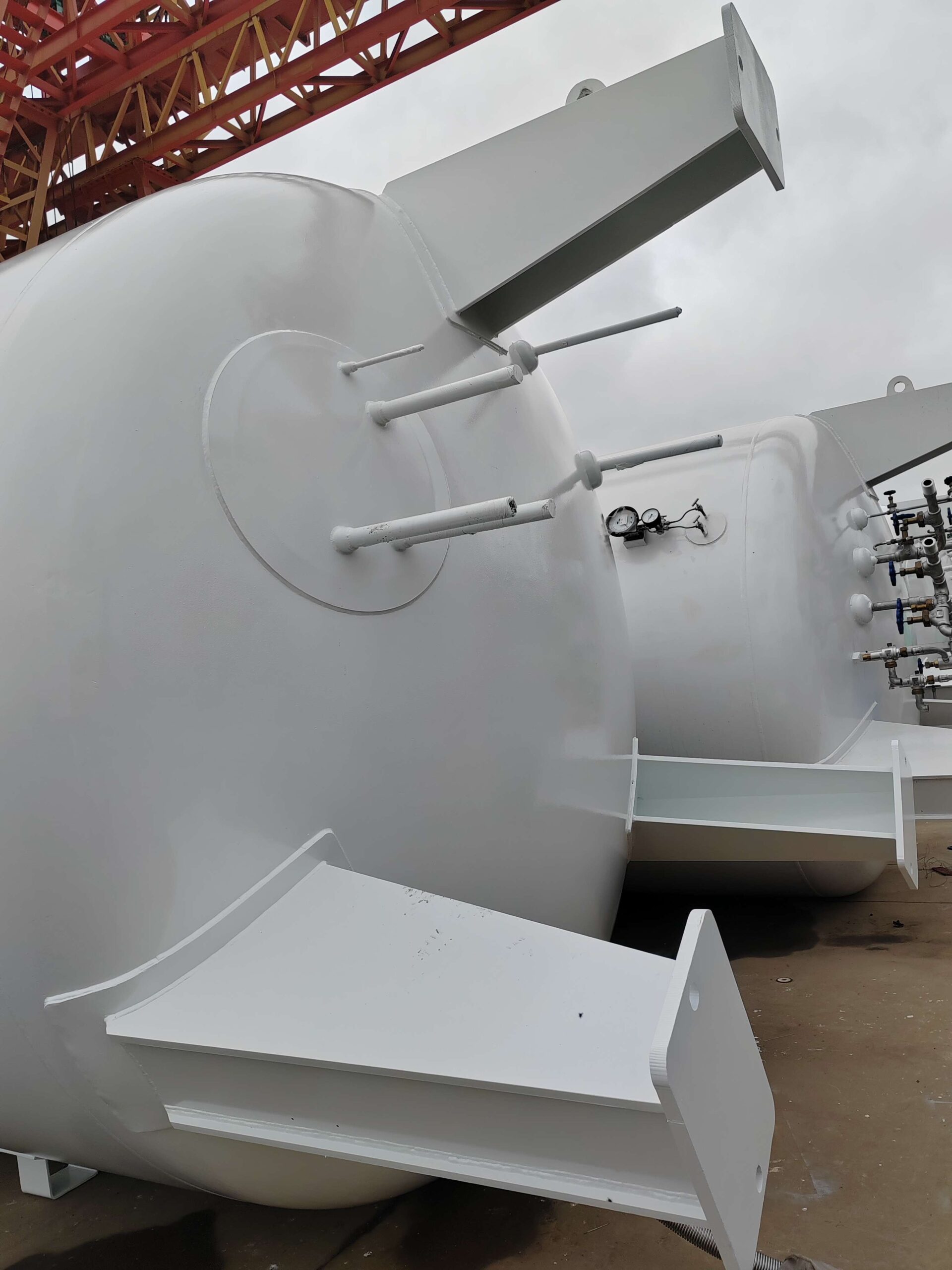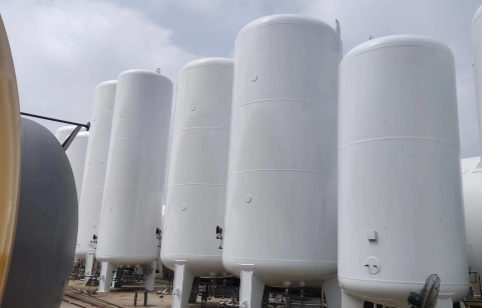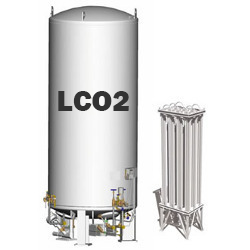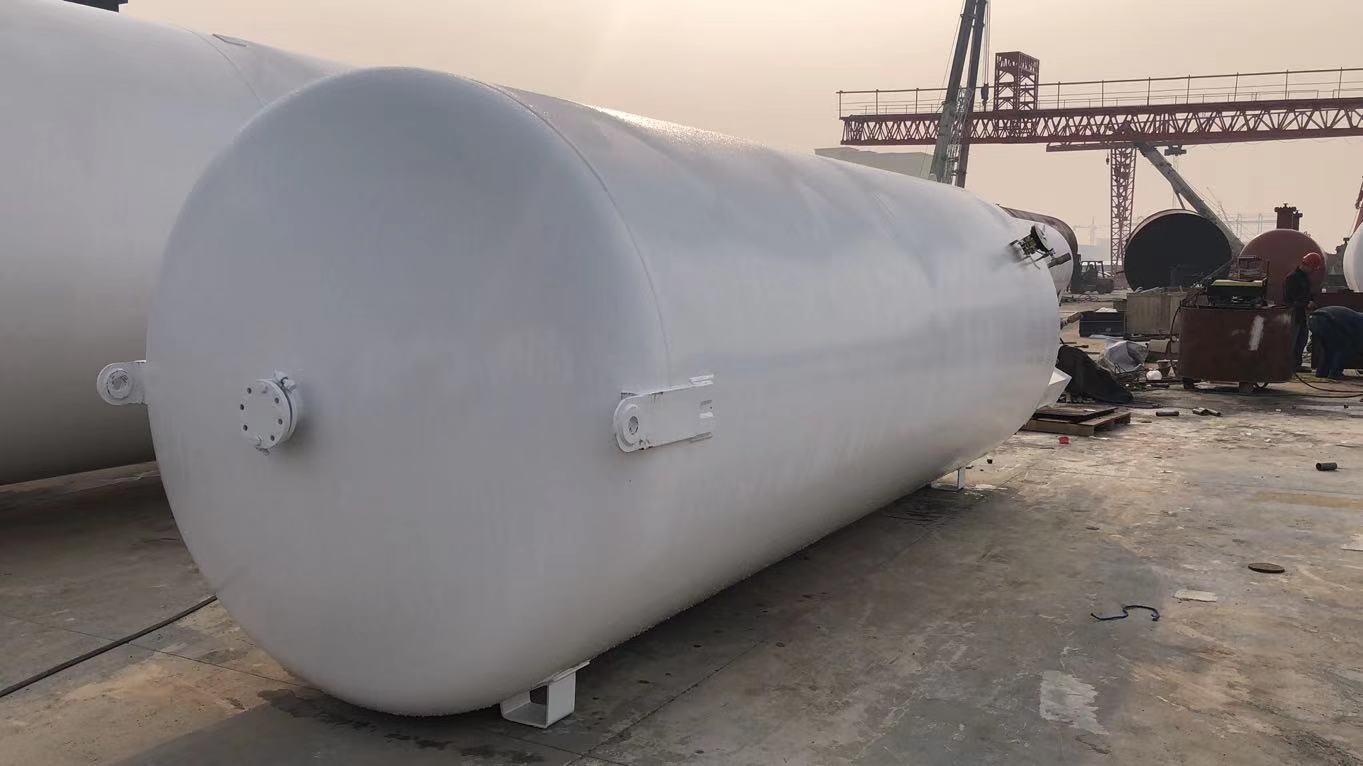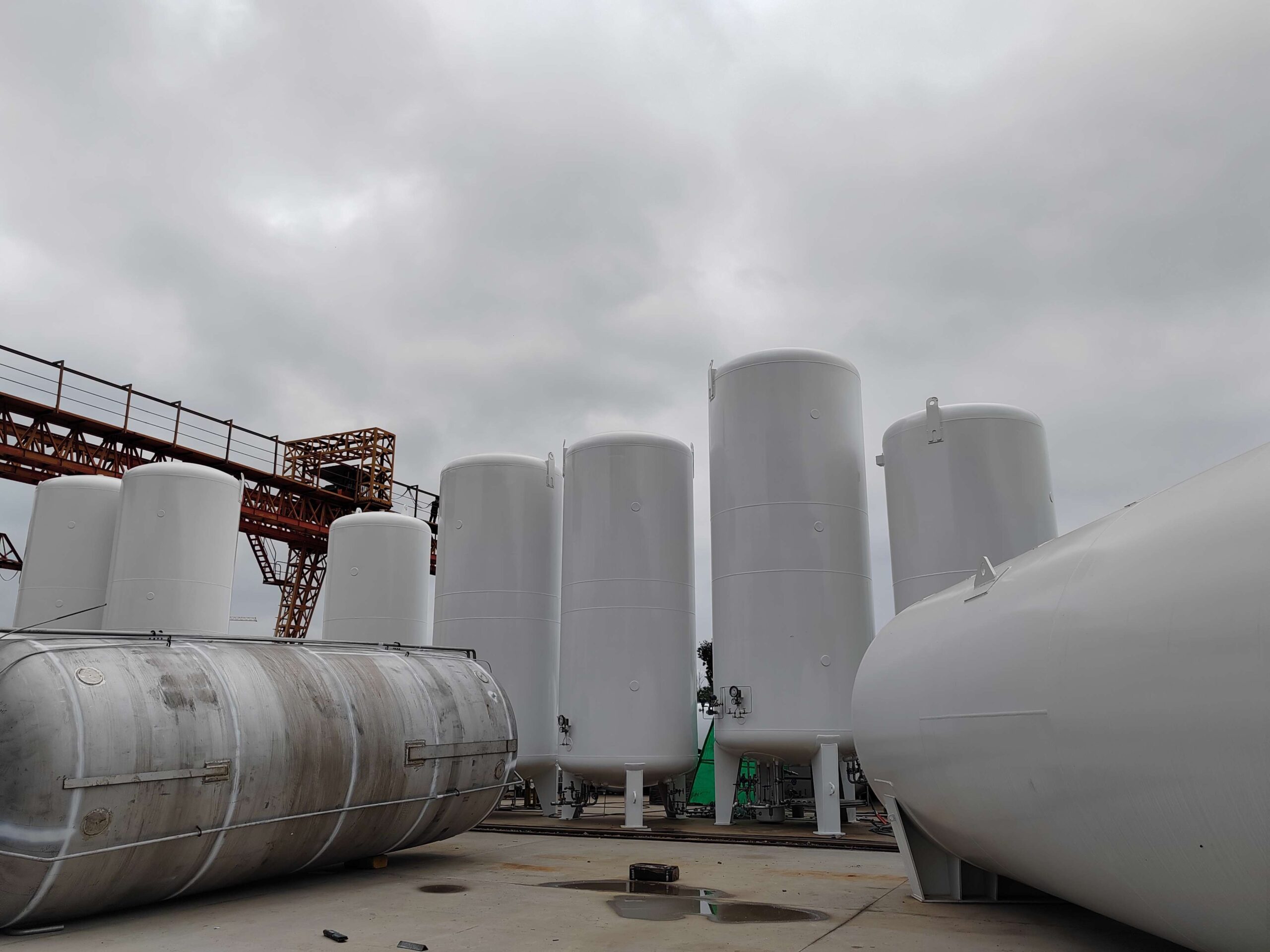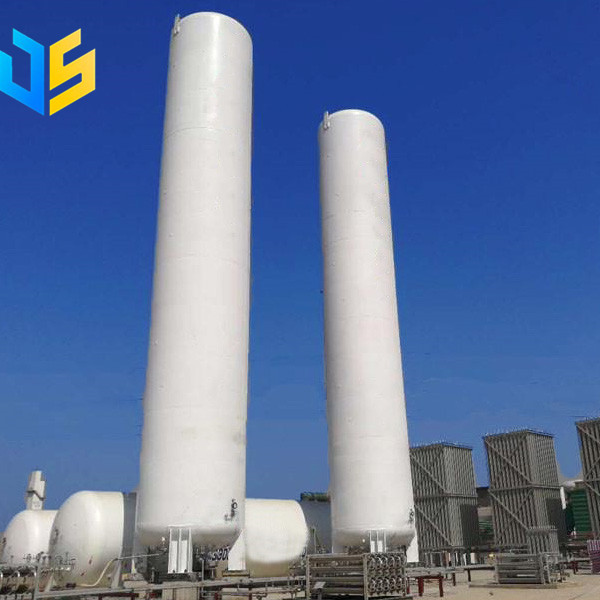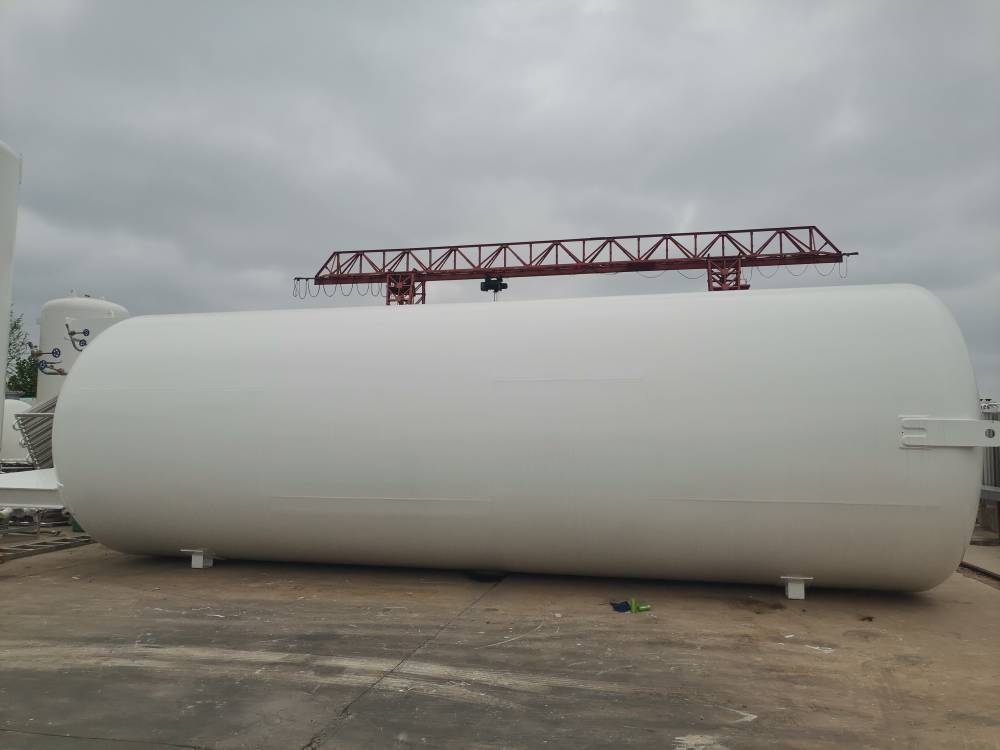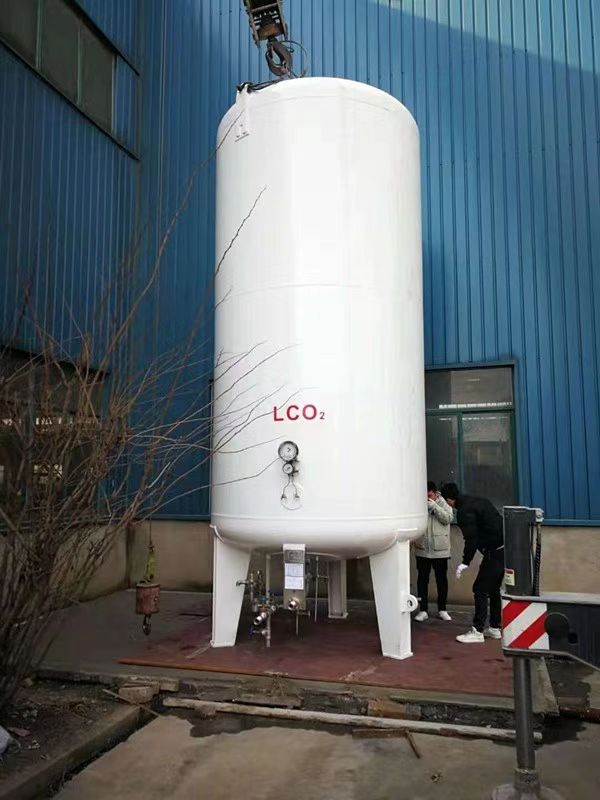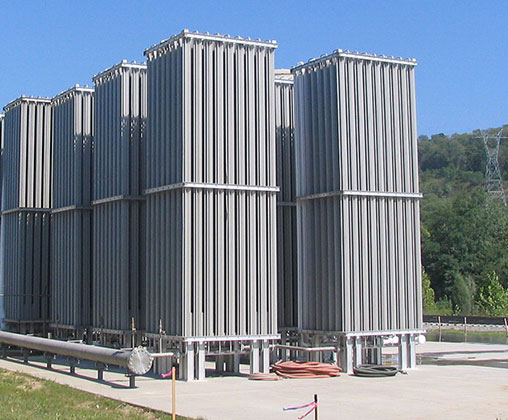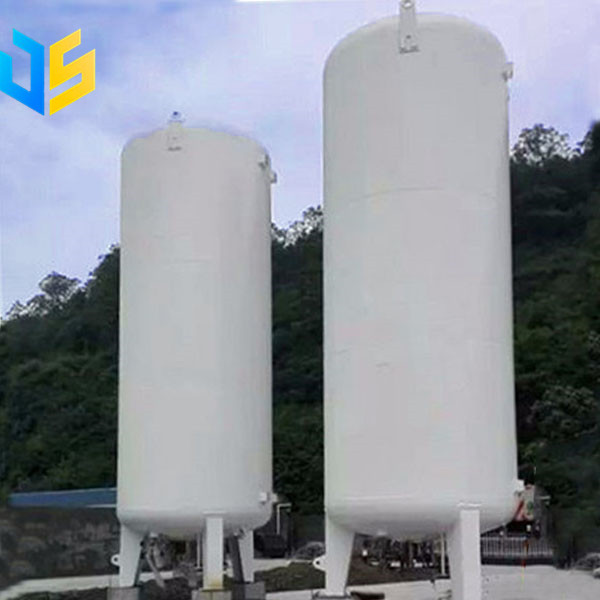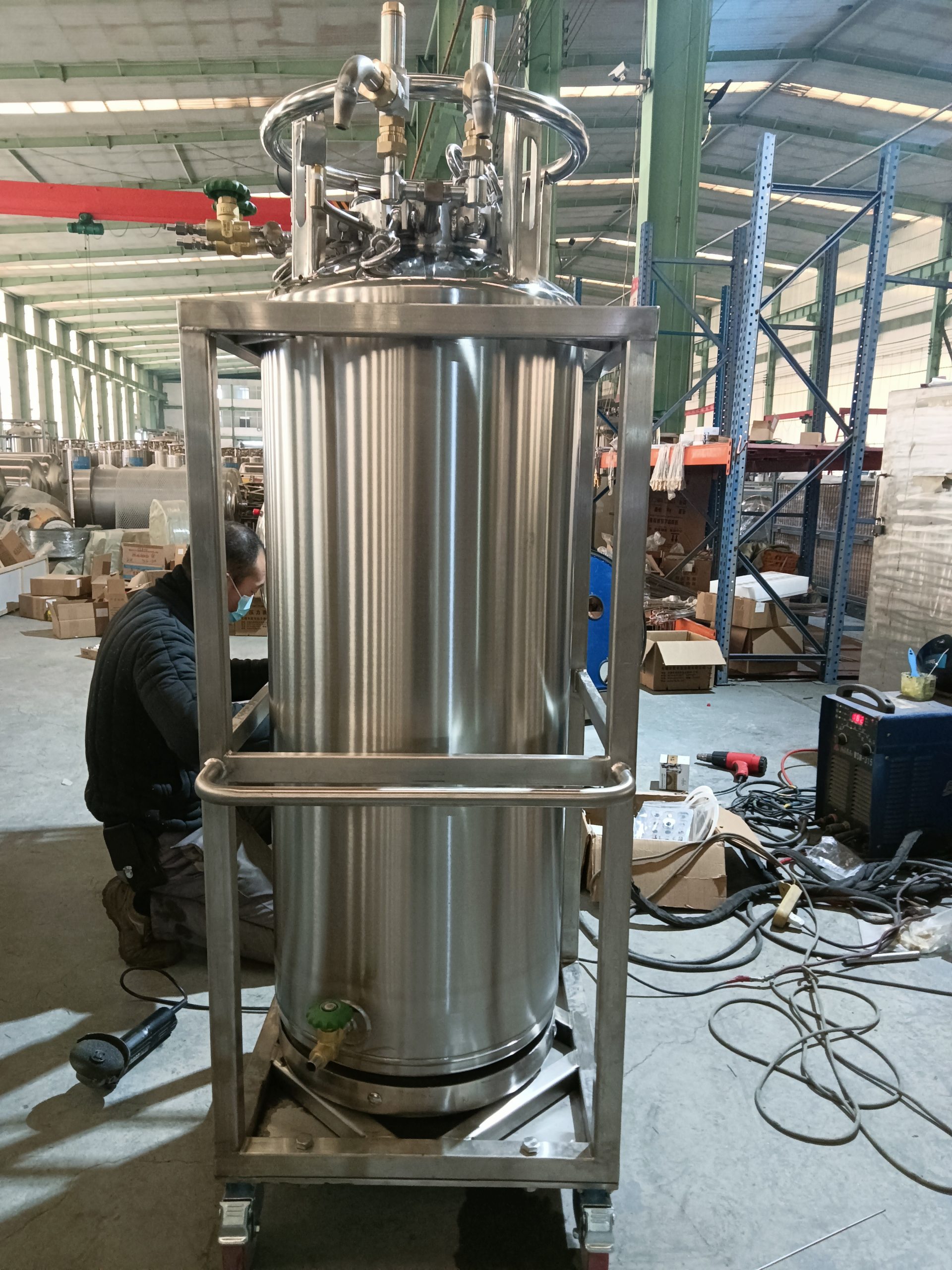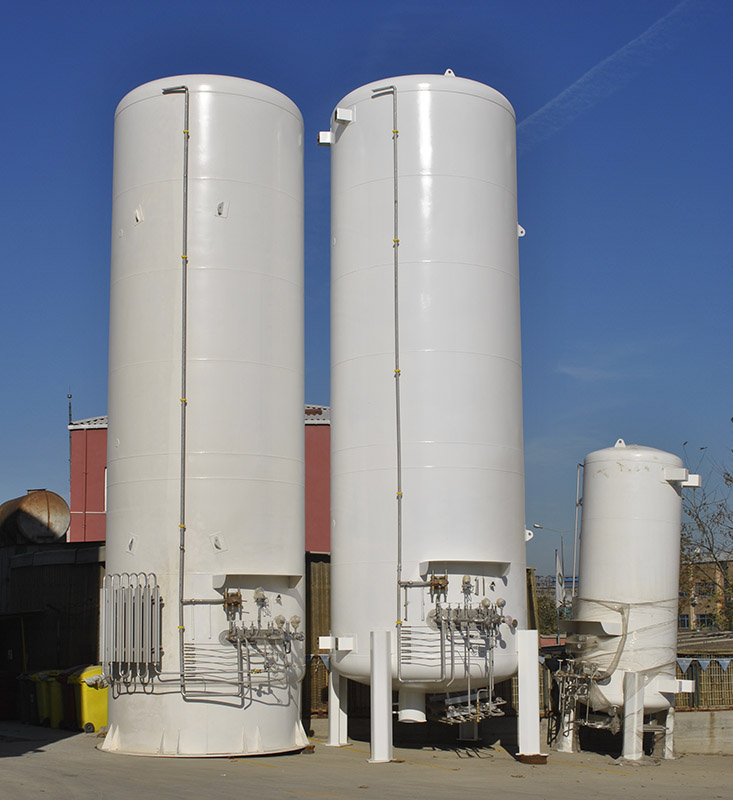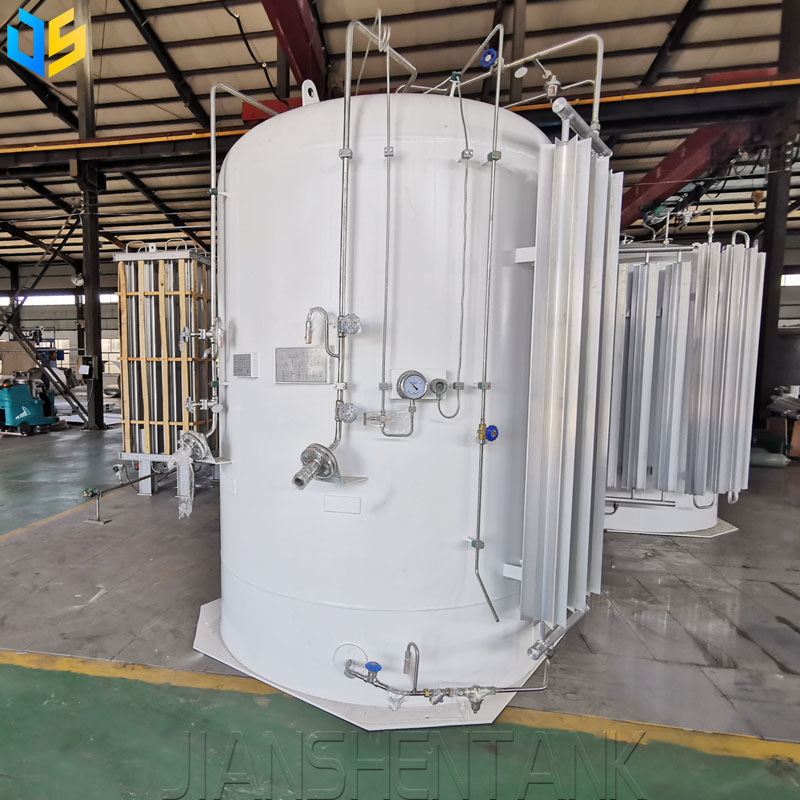Low temperature carbon dioxide storage tank valves and their role
Upper liquid inlet: open the upper liquid inlet for the first time to reduce the temperature of the storage tank
Lower inlet: open the lower inlet for normal use
Liquid inlet: connects the upper and lower liquid inlets
Drain port 1: Tank outlet (can be connected to a pipeline cylinder)
Drain port 2: Tank discharge port (standby)
Vacuum port: used to detect the vacuum level of the storage tank (the vacuum level should be lower than 65 Pa if the cryogenic medium is not installed, and the vacuum level should be lower than 10 Pa if the cryogenic medium is installed) (in case of low-temperature medium, the vacuum should be less than 10Pa to pass)
Return gas port: return gas port: connected to the tanker’s return gas port, has reached the weather balance (circulation) in the storage tank
Filling indication: liquid filling indication
Level gauge upper port / level gauge lower port: need to be fully opened for first use
Venting port: allows the natural evaporated gas to escape to the atmosphere through this valve, so that the pressure inside the tank does not rise
Residual liquid port: open when the tank is not in use to vent and empty the tank of residual liquid
Venting port:
Self-pressurising system: ensures automatic pressure adjustment when the pressure is low, with a valve to adjust the pressure
Pressure relief device port: to play a safety role, when the tank does not work properly when the pressure is too high
Safety valve: automatic pressure relief when the pressure is high

